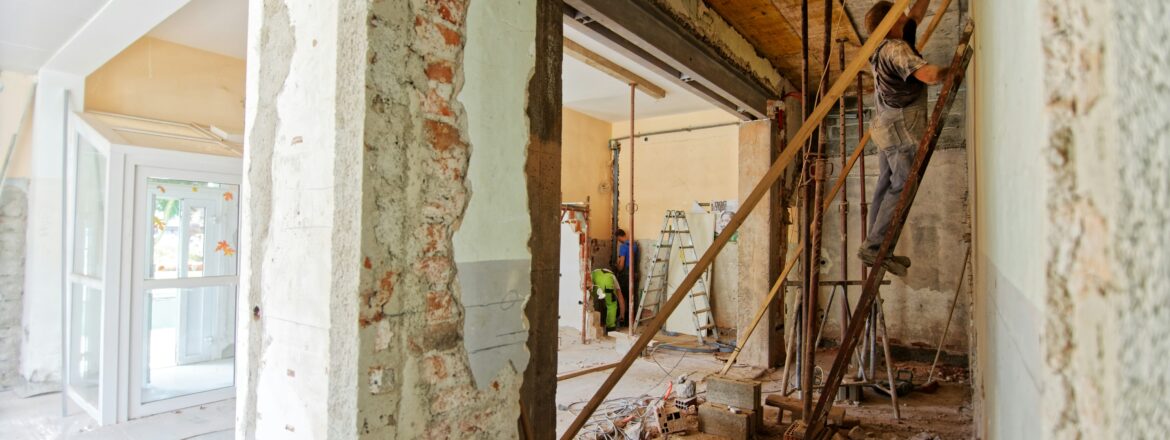
11
Nov
When we think of mold, we often picture hot, humid summer months as the prime time for growth. But mold isn’t just a fair-weather problem—it can thrive in winter too, especially in hidden, damp areas of your home. Winter mold growth is not only damaging to your property but can also impact the health of everyone in your home. Here’s why mold can be a problem in winter and how DRR Memphis can help you keep it under control.
How Winter Conditions Can Cause Mold Growth
During winter, our homes are often closed up tight to keep out the cold, with little fresh air circulating. This can trap moisture indoors, particularly in areas like basements, bathrooms, and kitchens. Combine this with any unnoticed water leaks from frozen pipes, roof issues, or poor ventilation, and you’ve got the perfect breeding ground for mold—even in the coldest months.
Common Causes of Winter Mold
- Condensation: When warm indoor air meets cold surfaces, such as windows, walls, or poorly insulated spaces, condensation forms. This moisture can seep into walls and floors, leading to mold growth.
- Water Leaks: Burst pipes are common in winter and can lead to hidden leaks that create damp conditions behind walls, in ceilings, or under floors. If these leaks aren’t addressed quickly, mold can begin to grow within 24-48 hours.
- Poor Ventilation: Bathrooms and kitchens are high-humidity areas, and if they’re not properly ventilated, excess moisture can lead to mold buildup. Winter weather often discourages us from airing out these spaces, making them a prime target for mold.
Why Winter Mold is a Health Hazard
Mold can produce allergens, irritants, and even toxic substances that affect indoor air quality. For those with respiratory conditions like asthma or allergies, mold exposure can worsen symptoms, leading to coughing, sneezing, skin irritation, and more. Winter mold isn’t just a property issue—it’s a health issue, too.
How to Prevent Winter Mold
- Manage Indoor Humidity: Keep your indoor humidity levels below 50% by using a dehumidifier in high-humidity areas like basements, bathrooms, and kitchens.
- Check for Leaks: Inspect your pipes, roof, and basement for any signs of leaks or moisture buildup. Small leaks can quickly become a big problem if left unchecked, so fix any issues right away.
- Ventilate Your Home: Even in winter, it’s important to circulate fresh air throughout your home. Use exhaust fans in bathrooms and kitchens, and consider opening windows for short periods when possible.
- Watch for Warning Signs: Musty smells, dark spots on walls or ceilings, or condensation on windows can all be signs of mold growth. Don’t ignore these red flags—catching mold early can save you from a bigger problem down the road.
How DRR Memphis Can Help
If you suspect mold in your home, don’t wait until it spreads. DRR Memphis provides professional mold remediation services to remove mold at its source and prevent it from returning. Our team uses specialized equipment to detect and safely eliminate mold, ensuring that your home stays healthy and mold-free throughout the winter.
We’re available 24/7 to help you address any winter mold issues or water damage concerns. With DRR Memphis, you can breathe easy knowing your home is in good hands.
Don’t Let Mold Haunt Your Home This Winter
Winter mold can be scary, but with the right precautions and a little help from DRR Memphis, you can keep it under control. This winter, be proactive about moisture and stay vigilant for signs of mold. And if you need us, we’re only a call away!
